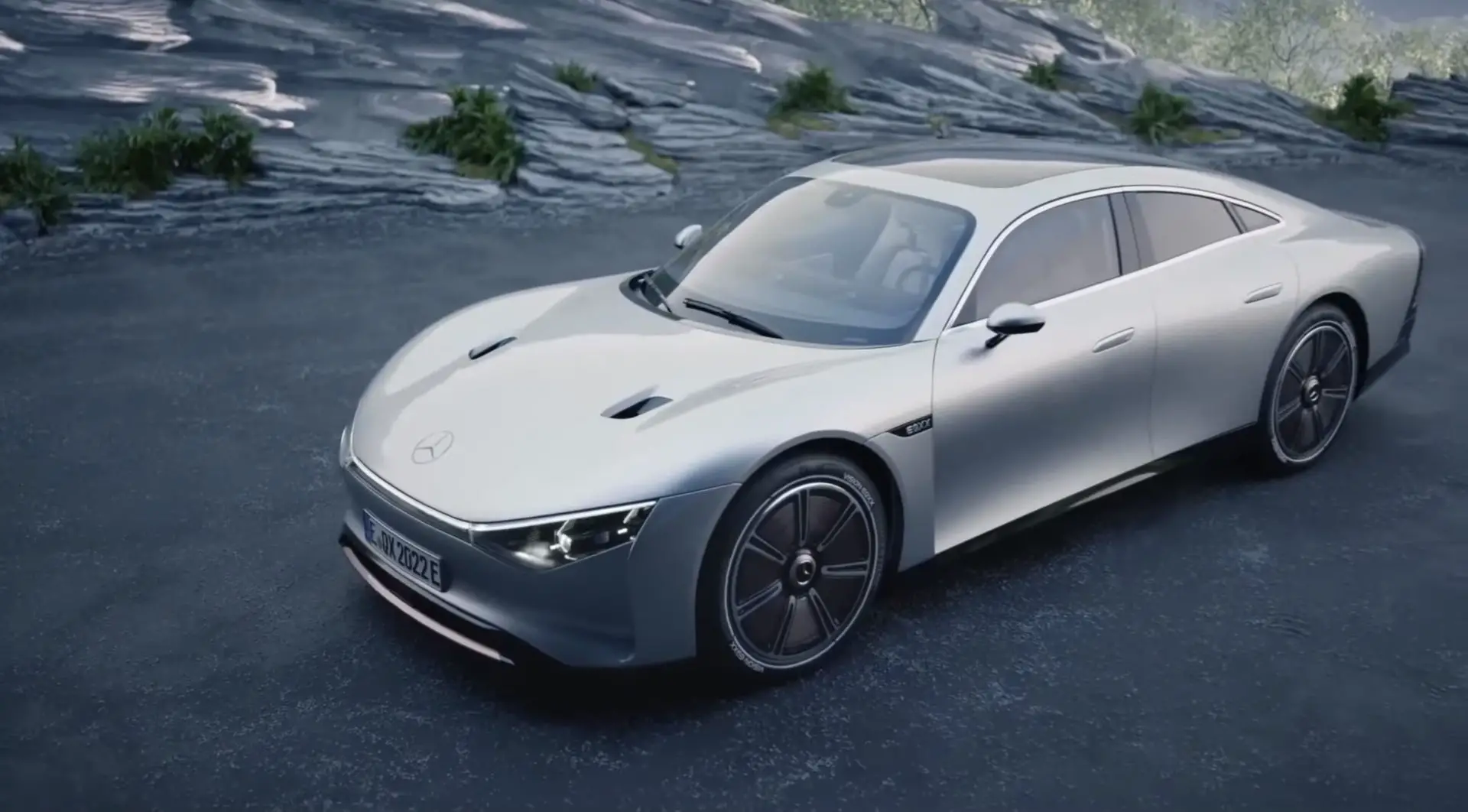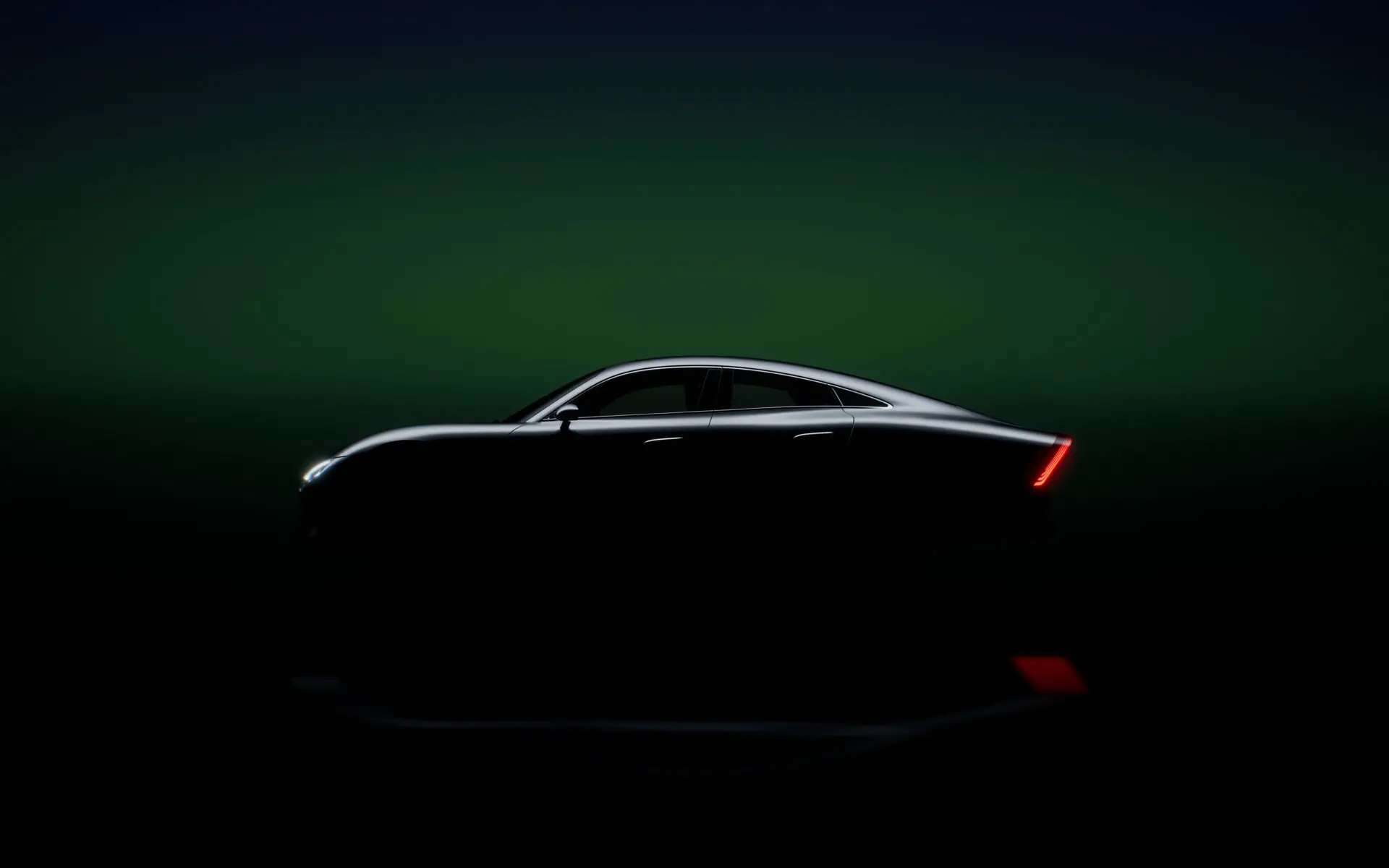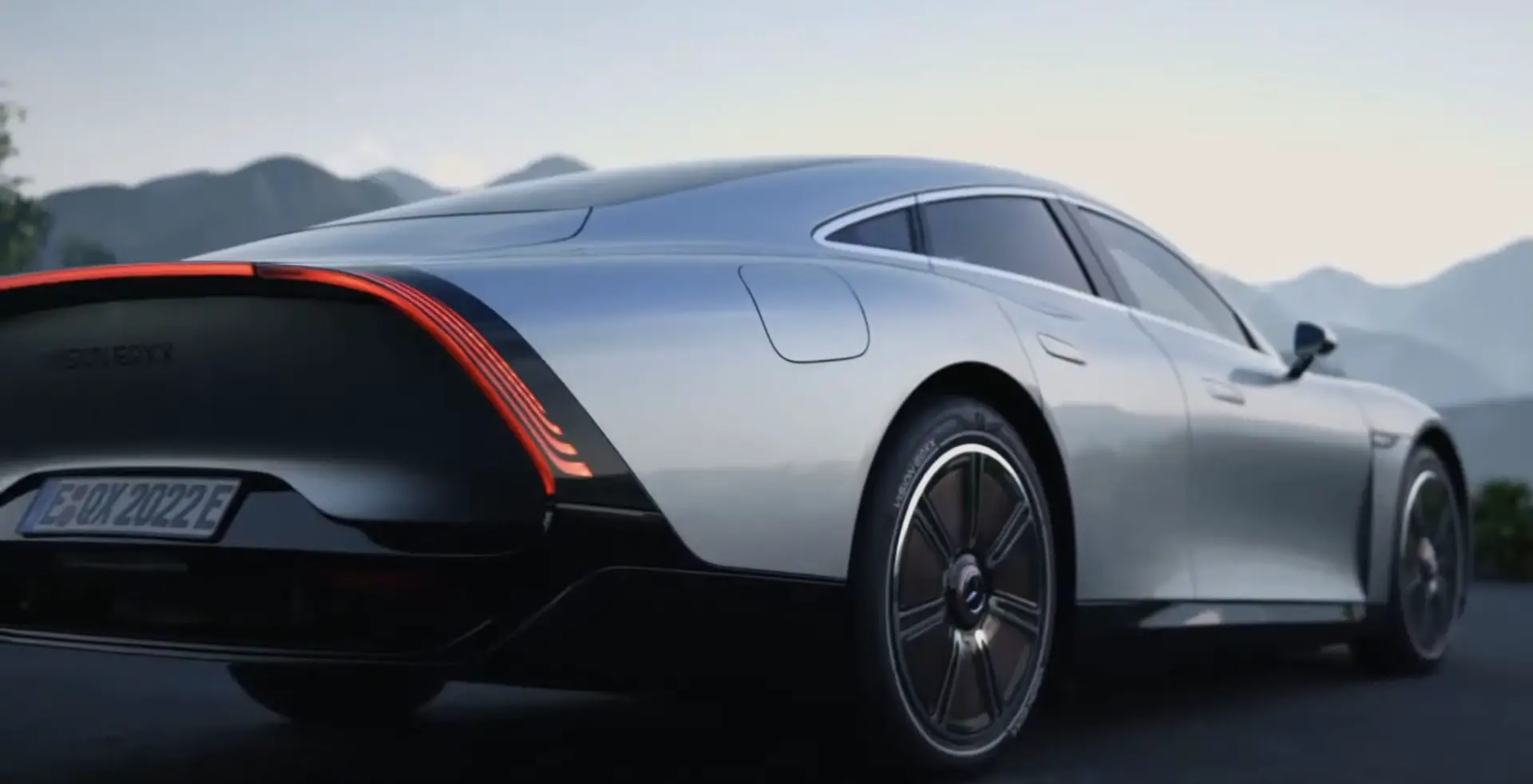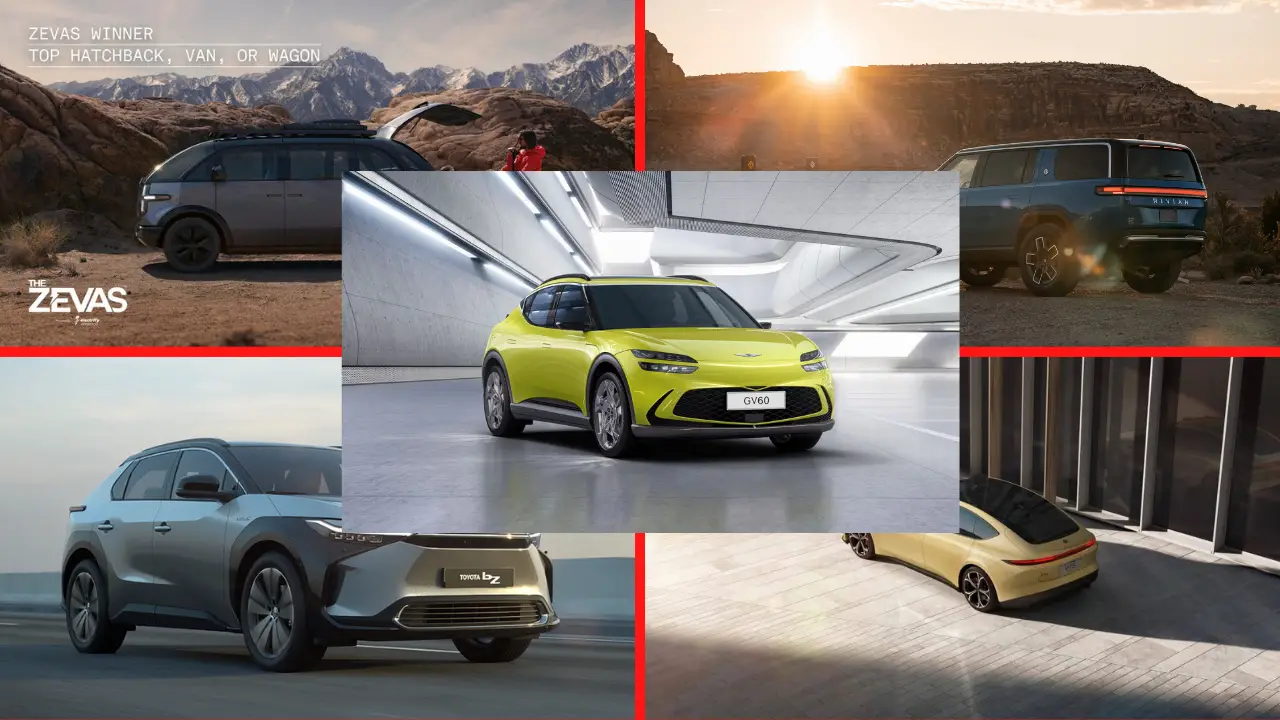Mercedes Benz VISION EQXX: Meet The Most Efficient EV Ever Made

Mercedes-Benz has today released how the future of the company looks with the aim of becoming all-electric by 2030. And believe us, it’s so far impressive.

Mercedes-Benz has debuted a new prototype that shows the potential of electric cars in terms of range and efficiency. The Mercedes-Benz VISION EQXX is powered by an ultra-clean electric motor and is constructed with green technologies. While the EQXX is still a prototype, its initial specs are incredible, providing plenty of hope for future Mercedes EVs.
To reach its goal of an entirely electric Mercedes, the firm has established a number of new initiatives, including R&D and actual production, to assist with the adoption of EVs worldwide. With the launch of the new EQ series automobiles – particularly the most recent EQS sedan – we are just seeing the start of this electrified plan from Mercedes.
In 2022, an EQB SUV will debut in the United States, as well as a second EV sedan called the EQE to complement the EQS. In future years, several additional EV models will arrive in addition to other global markets’ EQ vehicles.
The Mercedez-Benz VISION EQXX EV, an ultra-efficient prototype that has been in the works for almost a year and a half, was first revealed a year ago to the day. Markus Schäfer, Mercedes-Benz COO at the time, addressed the new EQXX:
As you may know, we have been working on translating our strategic ambition to ‘Lead in Electric Drive’ into a car for some time: Now, the VISION EQXX is set to become the most efficient electric vehicle we have ever built – with a real-world range of more than 1,000 km. And I’m extremely happy that it will be unveiled to the public very soon – on January 3, 2022.
We already knew the VISION EQXX by Mercedes was capable of driving 750 miles (1,200 kilometers) on a single charge, but we now know the range is just 620 miles (1,000 kilometers). This is remarkable in light of all of the other design features that have been unveiled for the first time.
The release from Mercedes explains the EQXX well:
The VISION EQXX is the result of a mission we set to break through technological barriers and lift energy efficiency to new heights. It demonstrates the gains that are possible through rethinking the fundamentals from the ground up. This includes advances across all elements of its cutting-edge electric drivetrain as well as the use of lightweight engineering and sustainable materials. Complete with a barrage of innovative and intelligent efficiency measures, including advanced software, the VISION EQXX allows us to explore new frontiers of efficiency.
We’ve listed some of the characteristics below:
Energy efficiency
The energy consumption of the EQXX is less than 10 kWh per 100 kilometers. That’s a mileage efficiency of more than 6 miles per kWh. Mercedes converted this figure to fossil-fuel usage, which comes to roughly 1 liter per 100 kilometers or 235 mpg.
New electric drivetrain
The exceptional electric motor design that is developed in-house has a 95% efficiency, meaning up to 95 percent of the energy from the battery is transferred to the wheels. It’s worth noting that while the drivetrain can produce up to 150 kW, it doesn’t reach this level continuously.
Energy dense battery pack
Mercedes battery chemists packed the energy of its EQS into a tiny space. The VISION EQXX’s battery pack is virtually 100 kWh in size, but it is 50% smaller and 30% lighter than the EQS pack.
Solar panel roof
The EQXX’s battery system gets up to 25 kilometers (15.5 miles) of additional range thanks to ultra-thin roof panels that use the power of the Sun to charge it.
Sustainable materials
During vehicle manufacturing, Mercedes has used recycled and plant-based materials to help reduce the strain on landfills and lower its carbon impact.
This is a prototype that shows technology we may see on future series production from Mercedes-Benz, but it’s still exciting. You may watch the full world premiere of the Mercedes-Benz VISION EQXX in the video below:


